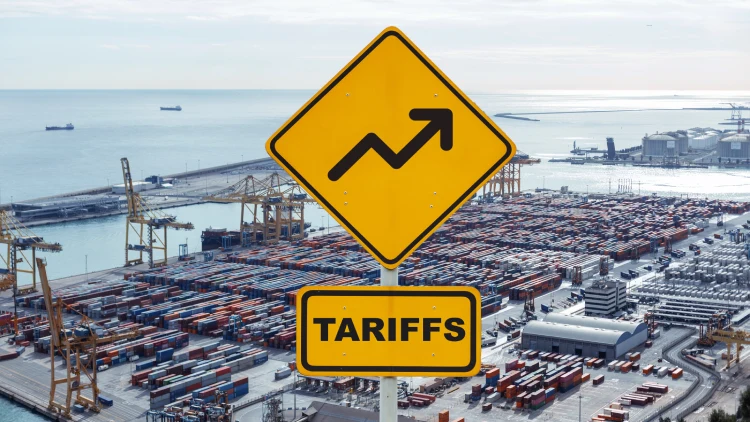
What Trump’s New Tariff Threats to Mexico and EU Could Mean for Everyday Americans
A 30% Import Tax on Goods From Mexico and the EU May Soon Raise Prices on Food, Electronics, and Medical Gear
If President Trump’s plan to impose 30% tariffs on imports from Mexico and the European Union moves forward, starting August 1, American households could feel the impact at grocery stores, hospitals, and electronics retailers.
The proposed tariffs, part of Trump’s broader effort to rebalance trade relationships, target two of the United States’ largest trading partners. Mexico and the EU supply billions of dollars in goods that Americans use daily, goods that could become more expensive almost overnight.
Food Prices and Medical Equipment Cost Likely to Climb

Mexico provides the United States with a large share of its fresh fruits and vegetables. In 2024 alone, Americans imported over $8 billion worth of vegetables and $9 billion of fruits from Mexico, including avocados, tomatoes, and berries. Without a trade deal in place, tariffs would raise the cost of importing these foods.
While produce prices may not spike immediately—due to existing stockpiles or contracts—retailers will likely adjust prices once new, higher-cost shipments arrive. That means higher grocery bills for consumers, especially during off-seasons when U.S.-grown alternatives are limited.
From surgical gloves to diagnostic devices, the U.S. imported around $16 billion in medical supplies from the EU last year. If those goods face a 30% tariff, hospitals and clinics could see increased costs. In turn, that might raise insurance premiums or out-of-pocket expenses for patients.
Though the White House has said foreign exporters bear the tariff burden, the cost is first paid by American importers. If businesses can’t absorb it, they pass it along to consumers.
Electronics and Auto Parts Could Get More Expensive
Mexico has become a key supplier of electronics and electrical equipment to the U.S., especially after earlier tariffs on Chinese imports. In 2024, Mexico sent $49 billion in computers and $33 billion in electrical and audio-video equipment north of the border.
Adding a 30% tariff would put upward pressure on prices for laptops, phones, car parts, and home appliances—items already sensitive to global supply chain changes.
EU auto parts are also in the crosshairs. German automakers say current tariffs have already raised their production costs and added strain to supply chains. An additional 30% would increase pressure on car prices in the U.S., especially for vehicles built with European components.
Imports of alcoholic drinks from Europe and Mexico topped $11 billion last year, with wine, beer, and spirits making up the bulk of it. With new tariffs, imported alcoholic beverages could see price hikes at bars and stores. European leaders have signaled they may respond with their own tariffs on U.S. whiskey and bourbon—making the situation worse for American producers and drinkers alike.
Trade Conflict Could Escalate
If tensions rise, more tariffs could follow, pushing prices up and disrupting businesses in both the U.S. and Europe. Officials on both sides are still hoping to reach a deal before the August deadline, but progress has been slow.
Both the EU and Mexico have said they want to reach a deal before the August 1 deadline. Trump, for now, says he’s open to negotiations but has shown no signs of backing down.
If talks fail, Americans may soon see the effects in their shopping carts, on their hospital bills, and in the price tags of their favorite electronics. The full cost of the tariffs might take months to surface, but once it does, it will be hard to miss.




